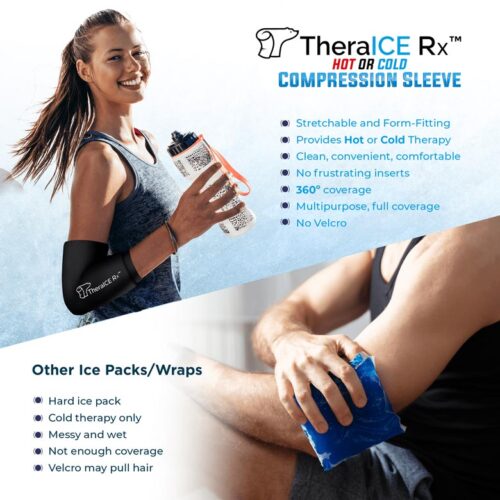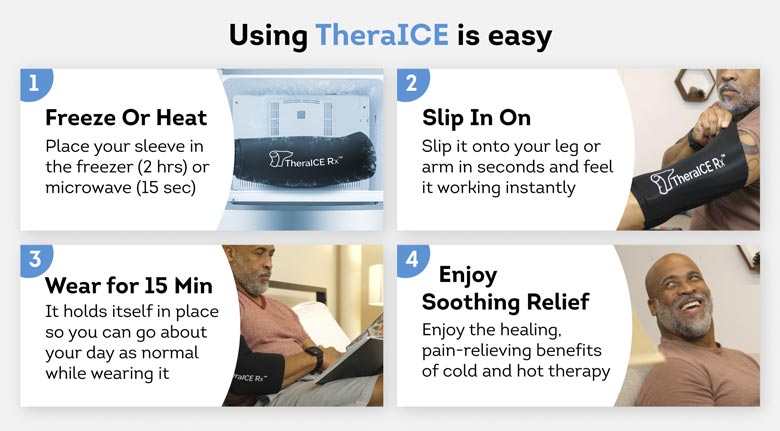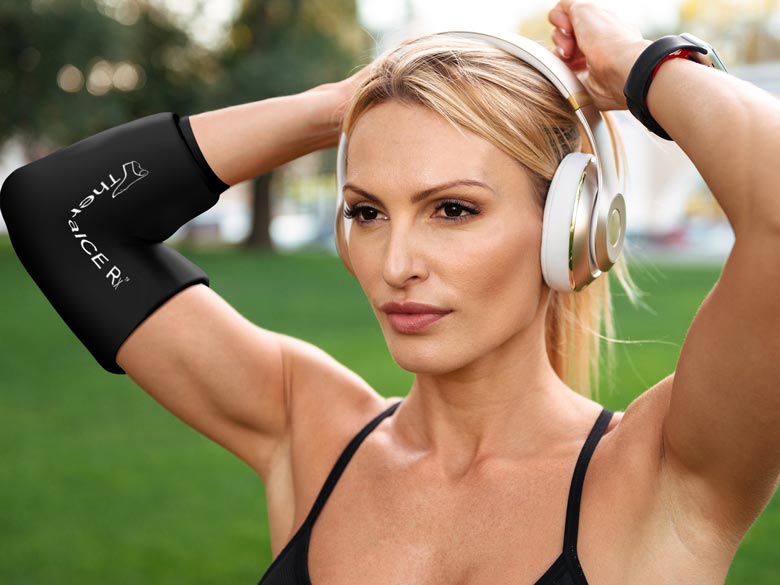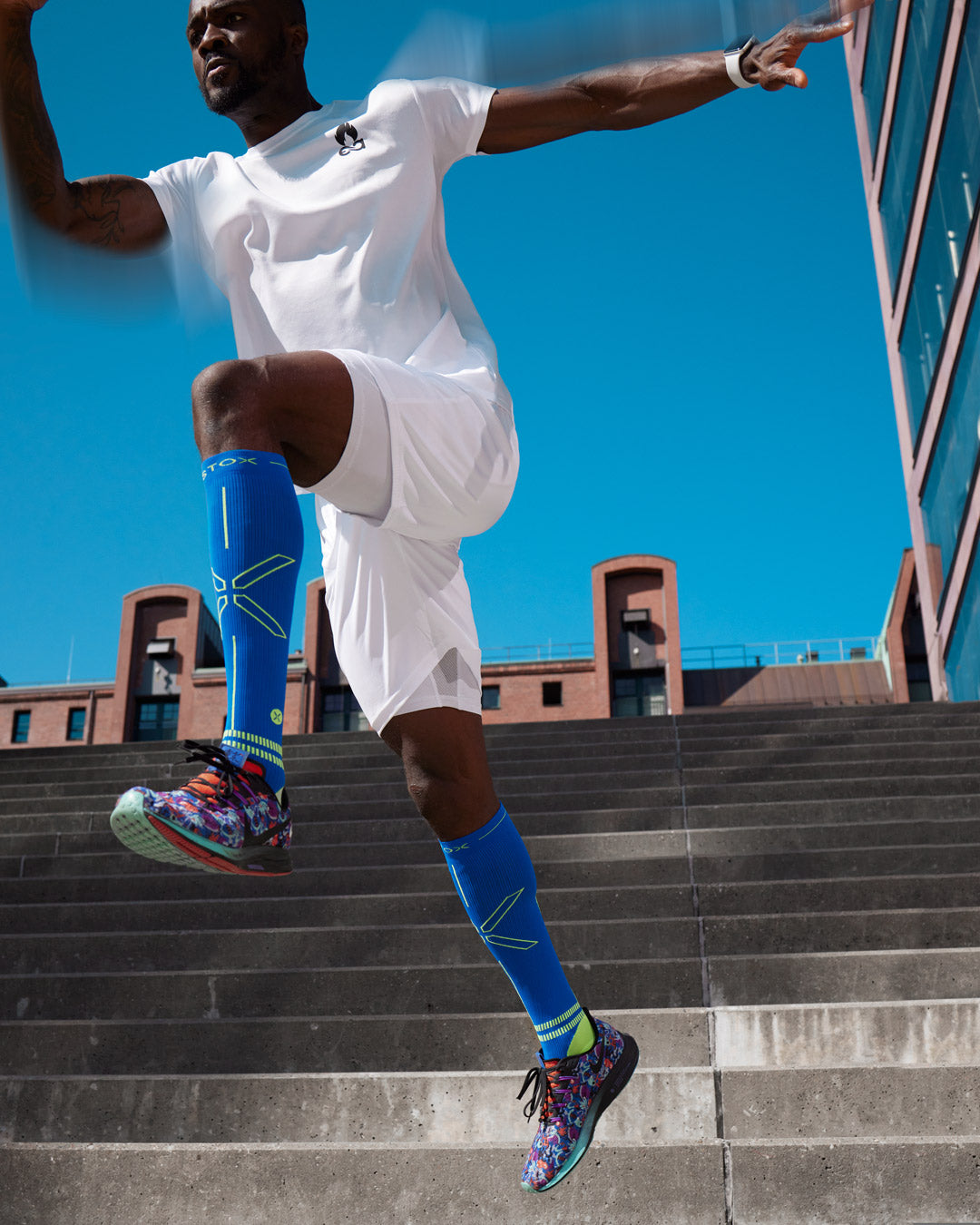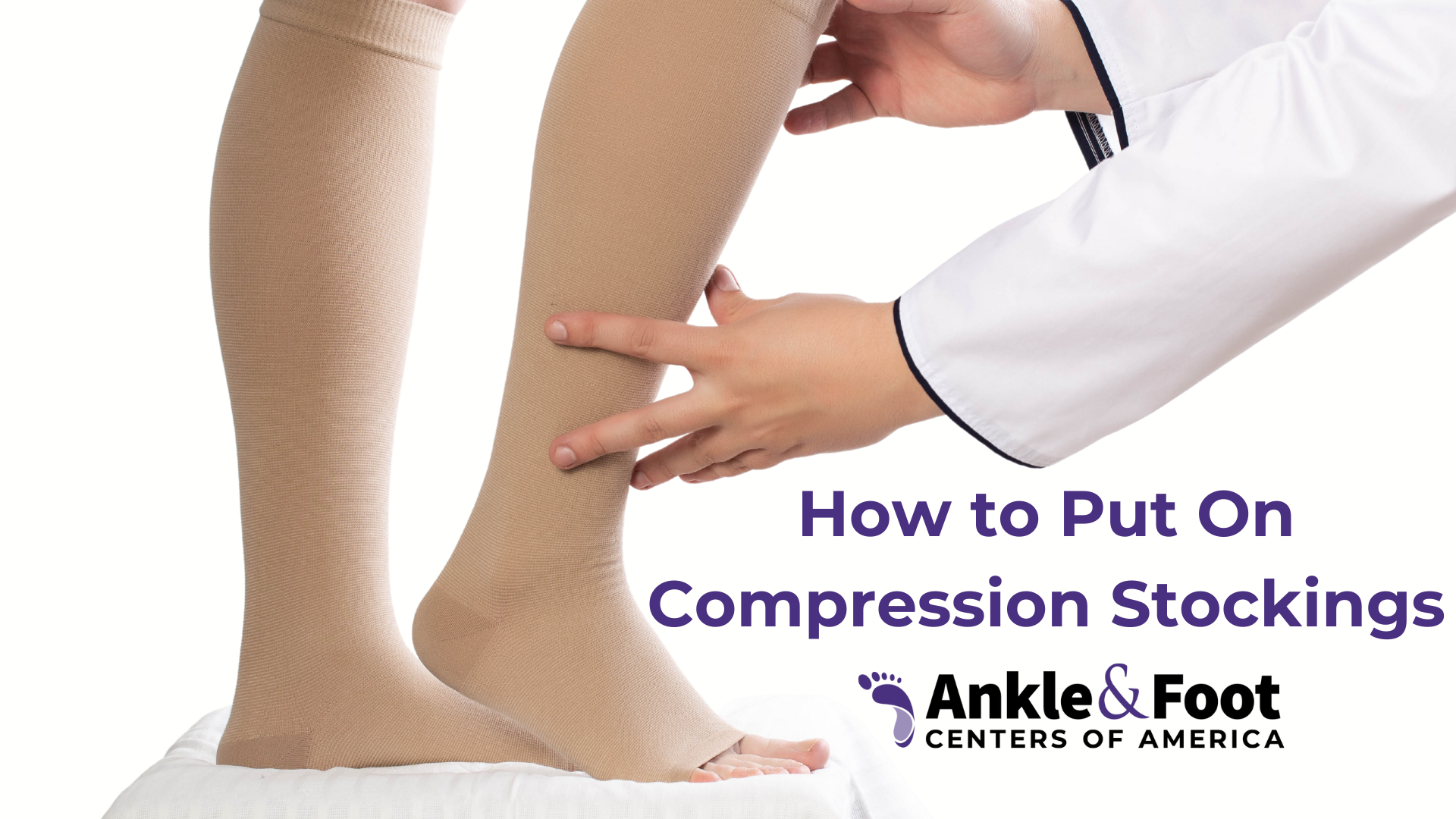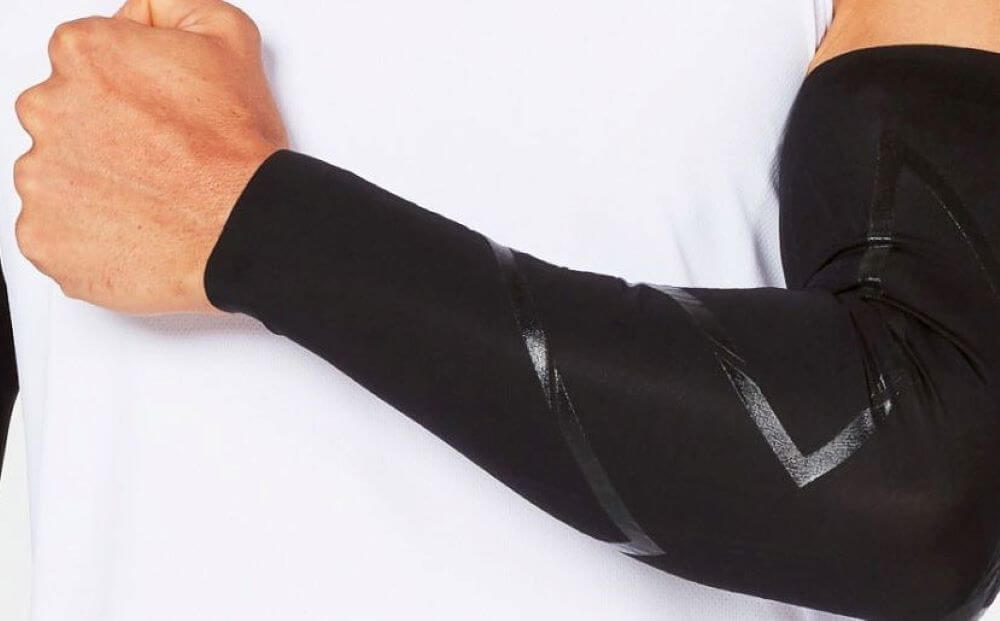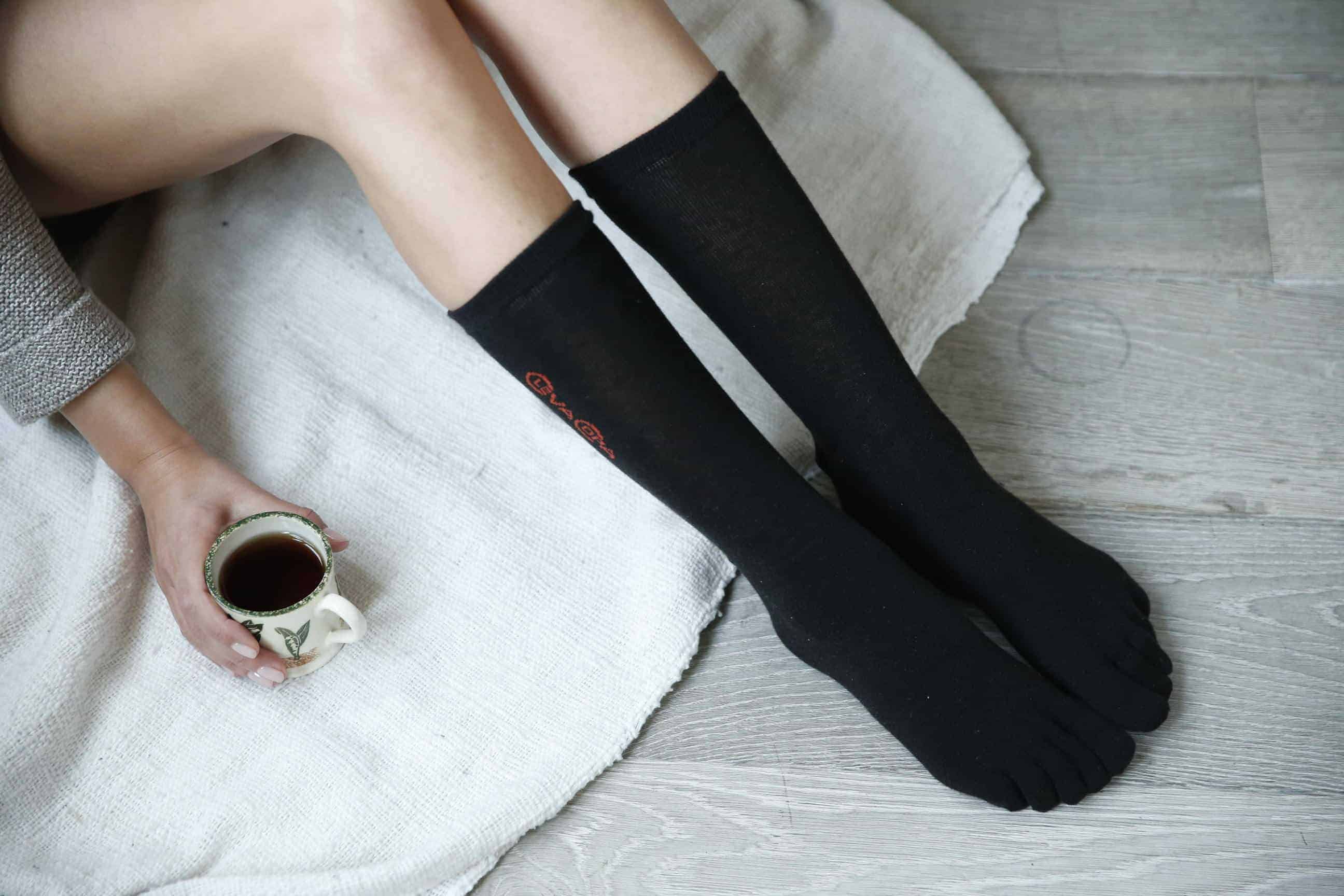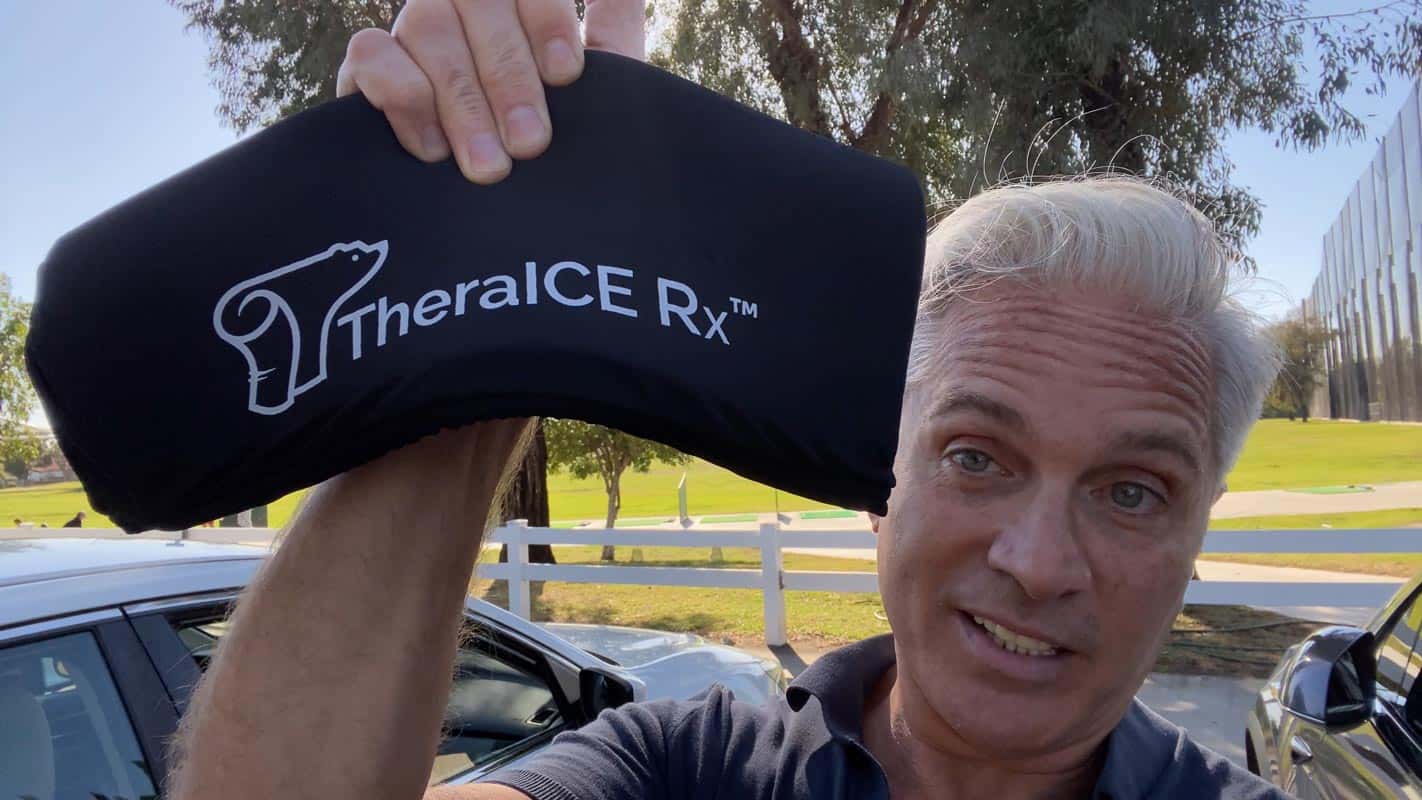How Long Should You Wear A Compression Sleeve
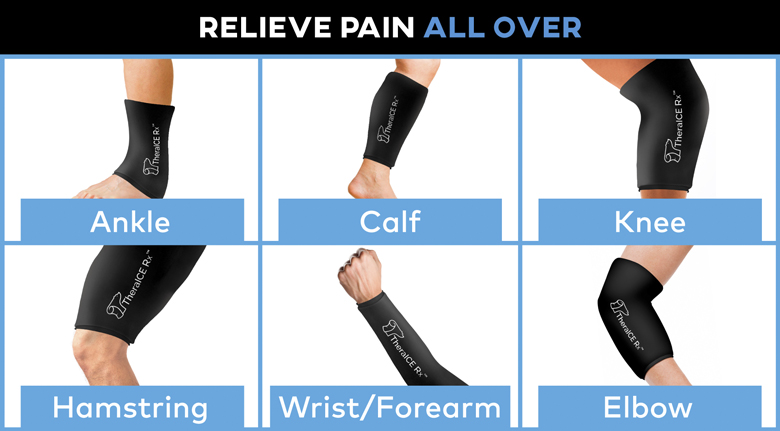
The finish line is in sight, the cheers of the crowd are a roaring wave, and every muscle in your legs screams in protest. You push through, adrenaline masking the pain, and finally cross, collapsing into a mixture of exhaustion and elation. Later, as you cool down, you notice the reassuring hug of your compression sleeves, a silent promise of recovery. But a question lingers: how long should these trusty aids stay on to truly work their magic?
The optimal duration for wearing compression sleeves isn't a one-size-fits-all answer. It depends on several factors, including the reason for use (athletic recovery, medical condition, or travel), the intensity of the activity, and individual response. Determining the right duration involves understanding the benefits and potential drawbacks of prolonged wear, ensuring you maximize the therapeutic effect without causing unintended harm. This article delves into the nuances of compression sleeve usage, offering guidance on how long to wear them for various scenarios.
The Science Behind the Squeeze
Compression sleeves work by applying graduated pressure, typically tightest at the ankle and gradually decreasing towards the top of the sleeve. This external pressure helps to improve blood flow, encouraging venous return – the flow of blood back to the heart. Improved circulation can reduce swelling, decrease muscle soreness, and enhance athletic performance.
For athletes, compression sleeves are often used during and after exercise. During activity, they may improve proprioception, the awareness of your body's position in space, which can lead to better form and reduced risk of injury. Post-exercise, the increased circulation aids in flushing out metabolic waste products like lactic acid, potentially speeding up recovery.
Medical Applications: More Than Just for Athletes
Compression therapy has long been a cornerstone of treatment for various medical conditions. Individuals with lymphedema, a condition characterized by swelling due to lymphatic system dysfunction, often benefit from compression sleeves to manage fluid buildup. Similarly, people with varicose veins or chronic venous insufficiency can use compression to improve circulation and reduce discomfort.
Post-operative patients, especially those who have undergone surgeries affecting blood vessels or lymphatic drainage, may also be prescribed compression sleeves. These can help prevent blood clots, such as deep vein thrombosis (DVT), a serious risk following surgery. The effectiveness of compression therapy in preventing DVT is supported by numerous studies.
How Long is Too Long? Finding the Sweet Spot
Determining the ideal wear time requires careful consideration. While compression sleeves offer numerous benefits, prolonged or inappropriate use can lead to adverse effects. One of the main concerns is potential skin irritation due to prolonged pressure and moisture buildup.
Furthermore, excessively tight compression sleeves can restrict blood flow, which ironically defeats their purpose. It's crucial to choose the correct size and level of compression. The term "compression level" refers to the amount of pressure the sleeve applies, usually measured in millimeters of mercury (mmHg). Mild compression is typically around 8-15 mmHg, moderate around 15-20 mmHg, and firm around 20-30 mmHg or higher. Medical-grade compression often requires a prescription.
Guidelines for Different Scenarios
Athletic Recovery: For athletes, wearing compression sleeves for 1-4 hours after exercise is generally recommended. Some athletes may choose to wear them overnight, but it's crucial to ensure the sleeves are not too tight and that there are no signs of skin irritation. Listen to your body; if you experience any discomfort, remove the sleeves.
Medical Conditions: Individuals with medical conditions like lymphedema or varicose veins should follow their doctor's specific instructions regarding compression sleeve wear. In some cases, wearing them throughout the day is necessary, while in others, shorter periods are recommended. Regular monitoring by a healthcare professional is essential.
Travel: During long flights or car rides, wearing compression sleeves can help prevent blood clots and reduce leg swelling. Wearing them for the duration of the travel, followed by a few hours afterward, is generally recommended. Staying hydrated and taking periodic breaks to walk around are also important.
Practical Tips for Optimal Compression Sleeve Use
Proper Fit is Key: Ensure your compression sleeves fit correctly. They should be snug but not constricting. Consult the manufacturer's sizing chart and consider getting professionally fitted, especially for medical-grade compression.
Hygiene Matters: Wash your compression sleeves regularly with mild soap and water. This helps prevent the buildup of bacteria and reduces the risk of skin irritation. Allow them to air dry completely before wearing them again.
Monitor Your Skin: Pay close attention to your skin while wearing compression sleeves. Look for signs of redness, itching, or blistering. If you notice any of these symptoms, remove the sleeves and consult a healthcare professional.
Gradual Introduction: If you're new to compression sleeves, start by wearing them for shorter periods and gradually increase the duration as tolerated. This allows your body to adjust to the pressure and reduces the risk of discomfort.
Listen to Your Body: The most important guideline is to listen to your body. If you experience any pain, numbness, or tingling while wearing compression sleeves, remove them immediately and consult a healthcare professional. Your body's feedback is invaluable in determining the appropriate wear time.
Ultimately, the question of how long to wear a compression sleeve is a personal one, guided by the purpose of use, individual physiology, and professional advice.
Beyond the Recommendation: A Holistic Approach
Wearing compression sleeves is just one piece of the puzzle when it comes to recovery and managing certain medical conditions. A holistic approach that includes proper hydration, nutrition, adequate rest, and regular exercise is essential for overall well-being. Consulting with a physical therapist or healthcare professional can provide personalized guidance on incorporating compression therapy into your overall health plan.
Remember, compression sleeves are a tool, and like any tool, they are most effective when used correctly. Understanding their benefits, potential risks, and the specific needs of your body will empower you to make informed decisions about their use. They can be a valuable addition to your routine, but are not a substitute for medical advice.
As you lace up your shoes, preparing for your next run, remember the small act of slipping on your compression sleeves. It's a conscious commitment to your body, a tangible gesture of care. Finding the right balance, the sweet spot of wear time, is a journey of self-awareness and a testament to your dedication to your own well-being. And that's a finish line worth crossing.

